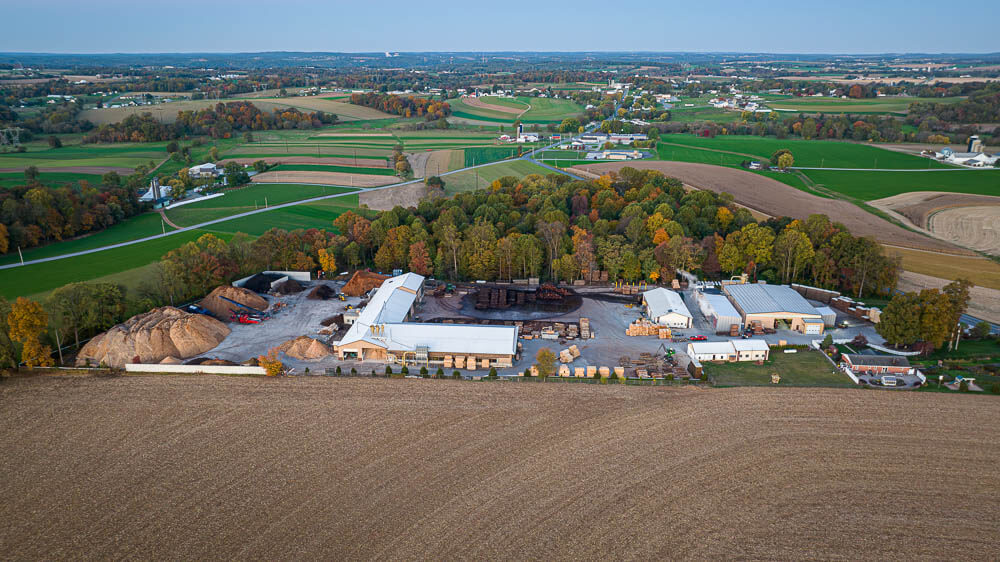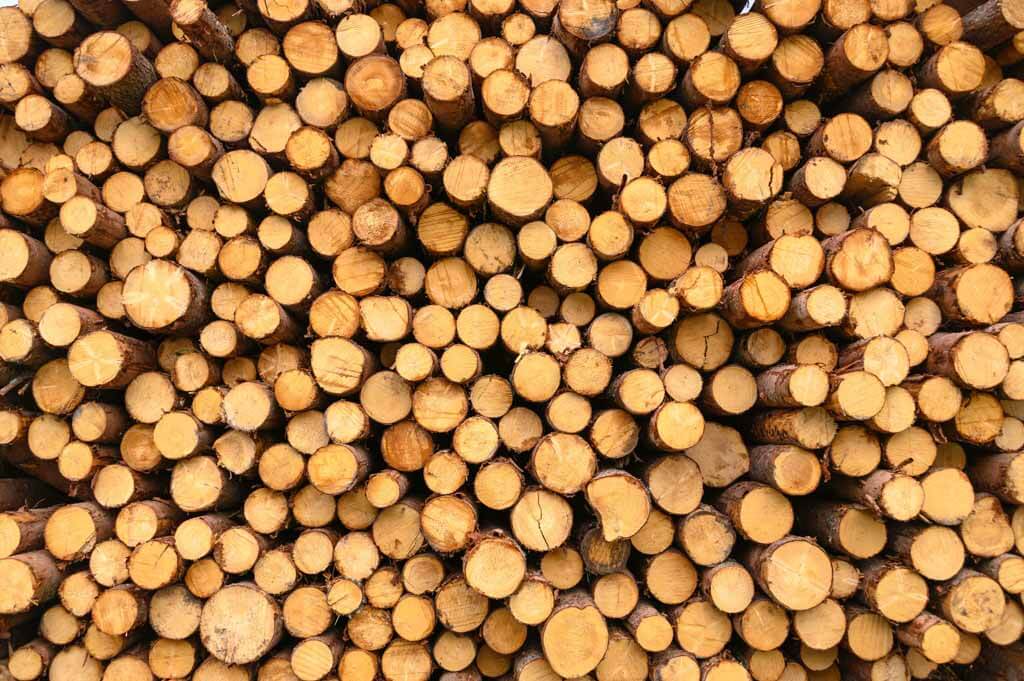If you own timberland, or if you plan to invest in it, you need to be aware of the components involved in selling timber. Because timber is resistant to inflation, offers tax benefits, and appreciates over time, it’s often a good investment. But if you don’t know what it looks like to sell timber, it will be hard for you to maximize your sale and to get the best possible return on your investment.
In this blog, we’ll look at five things you need when you’re selling timber from your land.
- A forester
- A timber buyer
- A harvesting plan
- A timber contract
- An ongoing management plan
You need a forester
You probably realize that timber sales are beyond the scope of what most of us learn in school. So the sensible step is to contact someone who knows the industry and has experience in managing timber sales and harvesting. That means you need a forester.
But even this step can be intimidating, because most people don’t interact with foresters on a daily basis and don’t know where to start looking for one.
You can find foresters working for state agencies, for lumber companies, or as commission-based consultants. Those working for state agencies will be able to give you general information, but when you’re ready for an actual sale, you’ll more likely find what you need in a consulting forester or one who works for a lumber company. For more information on the pros and cons of the kind of forester you hire, see 5 Things You Should Know Before Signing a Timber Contract.
Foresters can help you on several levels. They will be able to assess the value of the timber on your property, tell you about the steps needed to harvest it, develop a management plan, and help you plan for the future care and management of your trees.
You need a timber buyer
If you’re going to sell your timber, that means you need a buyer. Timber buyers come in various forms, but they generally fall into the following categories.
Local Sawmills
Selling directly to a local sawmill is like buying directly from a manufacturer. There is no in-between. Mills are often scattered throughout areas that have timberland, and they may not be well known to average residents. But a simple online search will locate most of them, and from there you can do some research to see your options. If you are near several mills, then you will benefit from the competition between them.
To sell to a local sawmill, you will need trees that are big enough for logs. This means your trees will need to be at least 12” diameter or larger. Trees smaller than this aren’t large enough for lumber and will be sold for pulpwood instead. When selling to a local mill, remember that you still need to have a forester involved. Some mills (including ours!) have their own foresters who will guide you through the whole process. The other alternative is to hire a consulting forester. If you do, you will have to budget for the commission that will be withdrawn from the final sale.

Wood Products Mills
If you sell to a wood products mill, your trees will be sold as pulpwood. This means they will not be used for logs but will be cut up and turned into pulp for things like particle board or paper. This is the least valuable way to sell timber, but it may be the only way to sell trees that are less than 12” in diameter.
Timber Harvesters (Loggers)
It’s possible to hire a company that specializes in harvesting timber. These logging companies may specialize in the harvest and sale of timber, but may not have their own sawmill. Because they are serving as an intermediary, you may not capture the highest price when working with them.
You need a timber harvesting plan
Your forester, whether he is working on commission or whether he is working for your timber buyer, should lay out a detailed plan for harvesting your trees. Will you be clearcutting (cutting everything down)? Will you be thinning the timber stand? What size of trees will be taken, and which ones will be left? Will only the best trees be taken? (This might sound like a good idea, but this concept, called “high grading,” leaves your woods with nothing but the undesirable trees, setting you up for poor harvests in years to come.)
In addition to all of these questions, your harvesting plan should include details about protecting the soil from unnecessary destruction by equipment, about how roads (if any) will be constructed, and what will be done at the end of the harvest to start the forestland recovery process and set it up for future health and success.
You need a timber contract
A timber contract is what it sounds like. It’s a legal document that sets the terms under which you will sell your timber. Your contract should include details such as the species and quantity of timber to be harvested, the dimensions and quality of the wood, the payment terms, insurance and liability, and the responsibilities of both parties. Finding a reputable buyer, like a certified logger or a sawmill operator, will ensure a fair transaction. (This article from Wisconsin’s Department of Natural Resources includes a sample timber contract and explains its various sections.)
Timber Sale Details
One of the most important components of a timber contract is the detailed description of the timber sale. This should include the type of trees being sold, the volume of timber being harvested, the location of cutting areas, and the harvest method. The contract should also specify any requirements for timber stumpage, tax payments, and liability insurance coverage. These terms will establish the groundwork for the rest of the contract and ensure that both parties are on the same page.
Payment Terms
The payment terms are another critical aspect of the timber contract. In general, the seller is paid based on the quantity of timber that is removed from their property. However, the seller should also have protections in place to ensure that they receive full payment and that the timber buyer is reputable. The contract should specify the payment amount, including any down payments, and outline the payment schedule. It should also include a clause stating that the seller retains ownership of the timber until payment is received.
This is one place where Stoltzfus Forest Products does things differently. We pay 100% up front — before a single tree is cut. By doing this, we are letting you know that you will get your money exactly as promised. You won’t have to wonder about a technicality or about your buyer defaulting before you get your payment.
Harvesting Process
The harvesting process is a crucial part of the timber contract and should be thoroughly outlined. This includes specifying the cutting process, the timing of the harvest, and any specific requirements for logging equipment or procedures. Additionally, the contract should define the responsibility for any environmental damage that may occur during the harvest, and any measures taken to prevent environmental damage.
Liability
Another essential factor to consider is liability. While logging has become much safer over the years, there is a reason that it has a reputation for being dangerous. Between falling trees and heavy equipment, there is a potential for serious human injury or property damage. As a landowner, you want to make sure that you are protected in the event of an accident. Not only should the contract speak clearly about liability insurance, it should also establish who is responsible for damages incurred during the harvest.
You need an ongoing management plan
Unless you are clearcutting your land to make way for crops or some other purpose, you will want your woods to regenerate after it has been logged. Doing this well will give you the option (several decades down the road) to sell another crop of timber. The forester that guides you through the sale should also give you clear recommendations for how to manage your trees in the years ahead.
Conclusion
Selling your timber should bring you a return on the money and effort you have put into your property. Knowing these five ingredients to a timber sale will set you up for success and for the best possible sales price.
Call us with any questions you have. We’re happy to answer them. Or learn more about our buying process by visiting our Timber Purchasing page.
